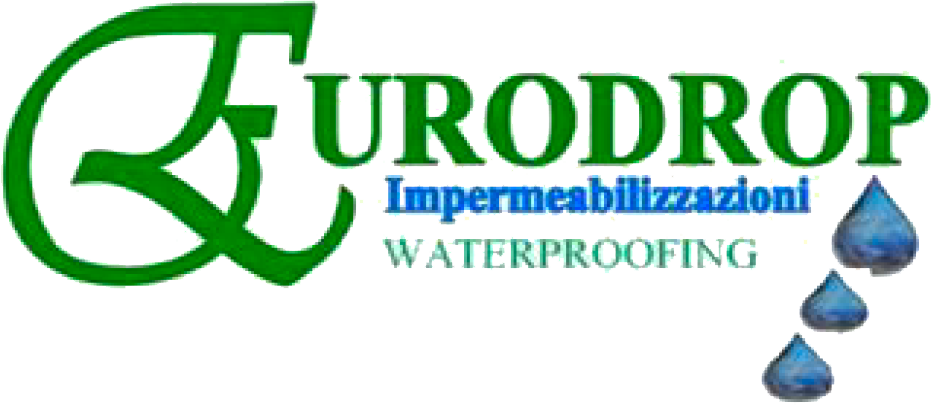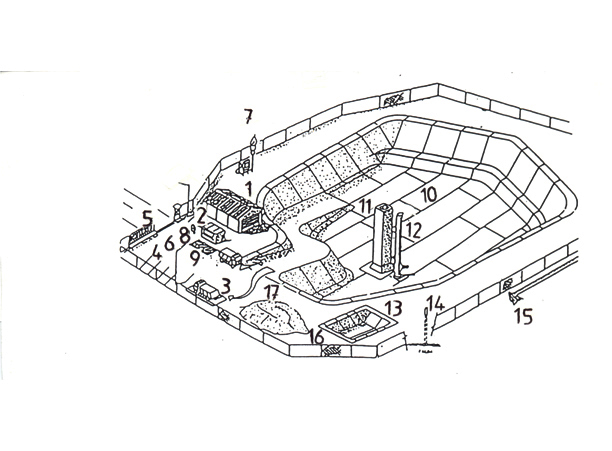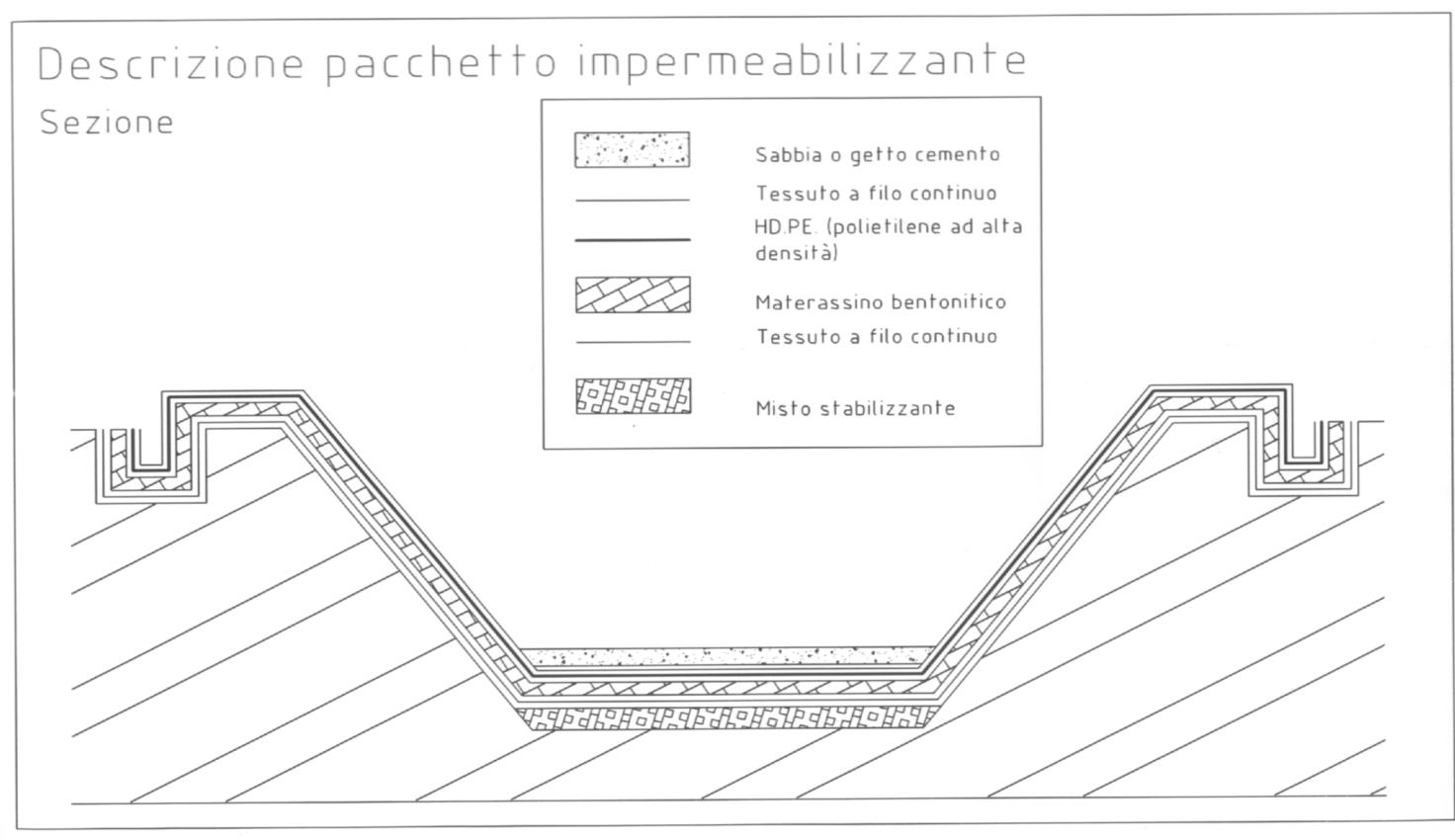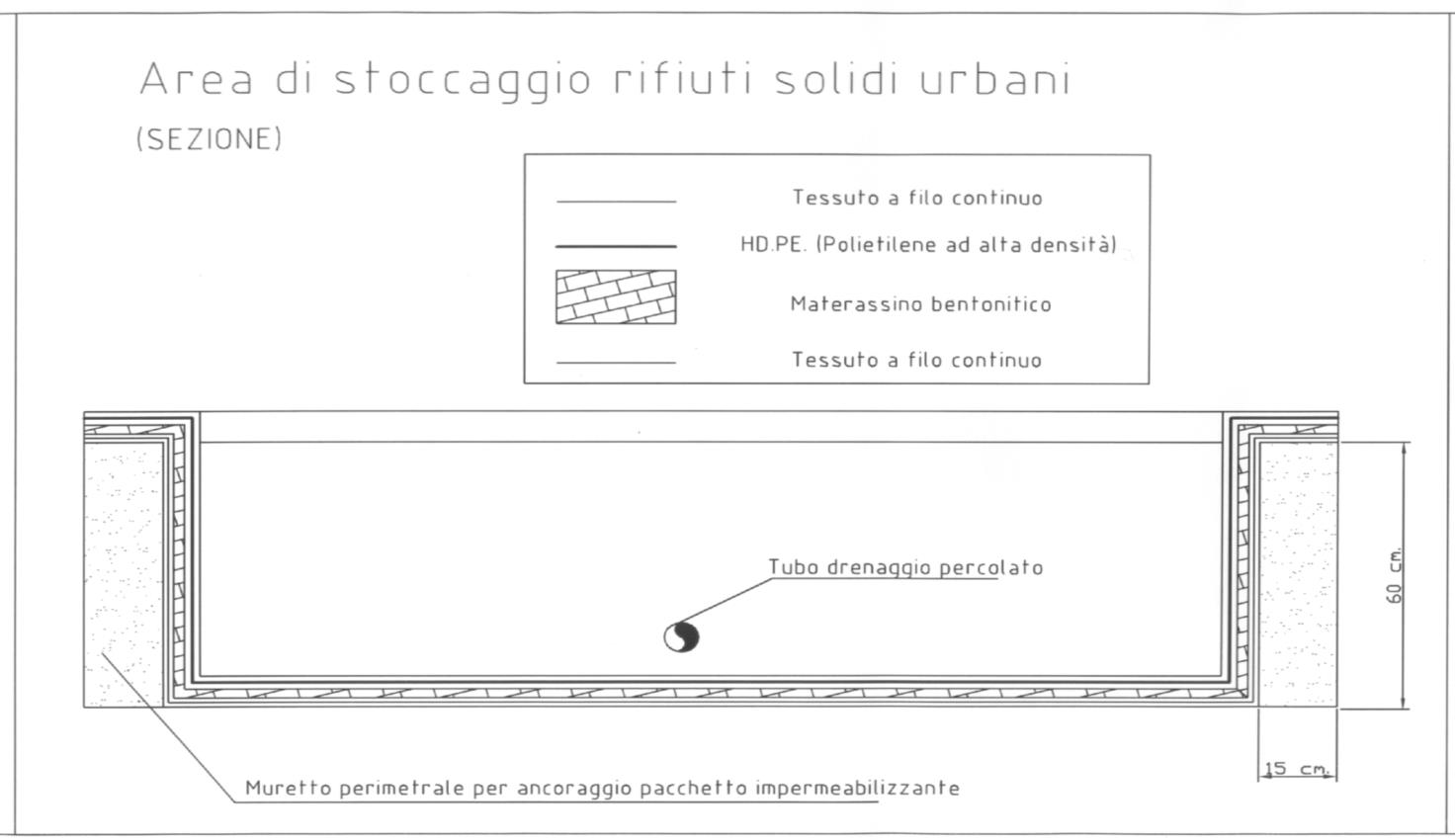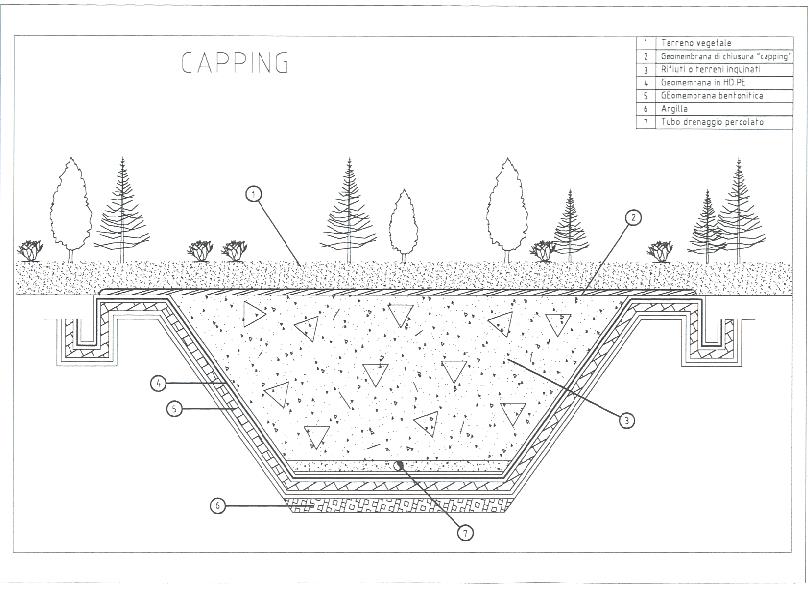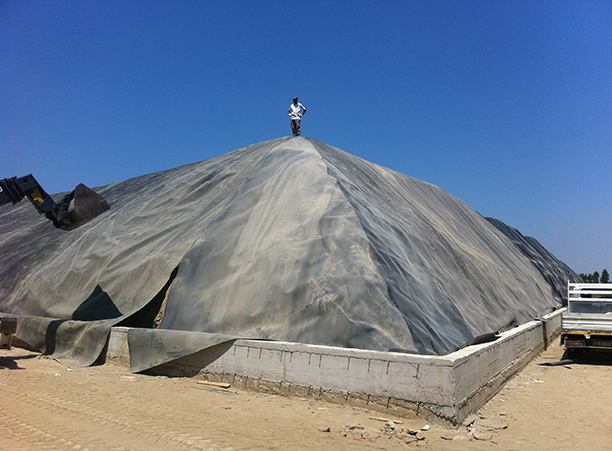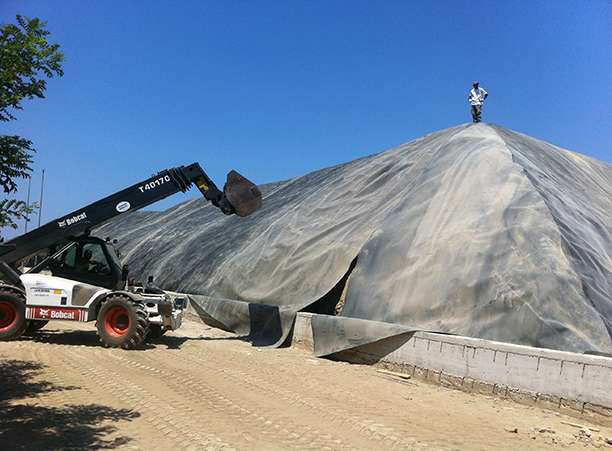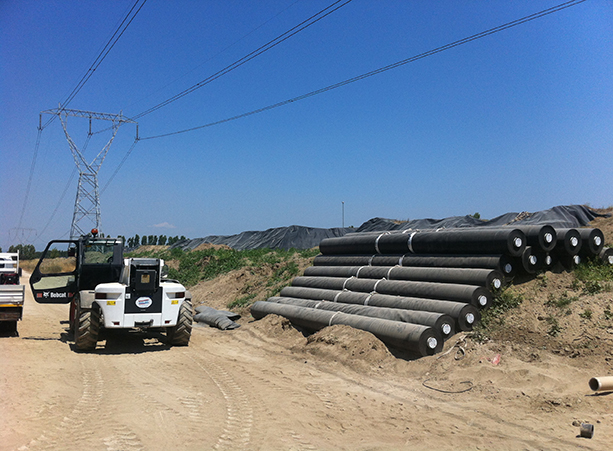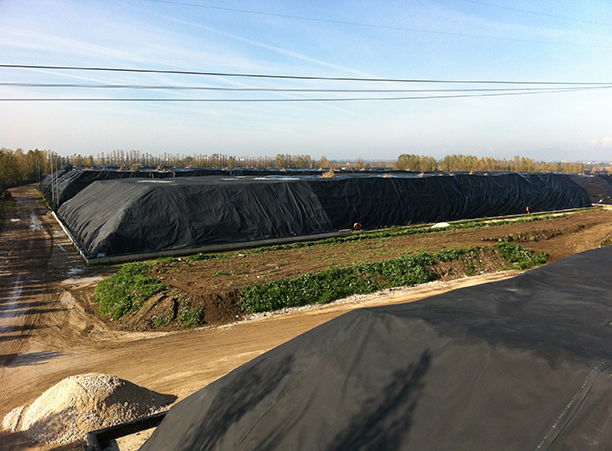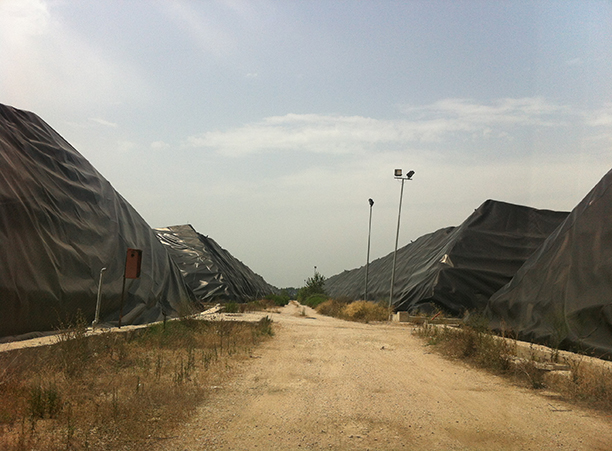Integrated Waste Management
For integrated waste management refers to the set of policies, procedures or methodologies to manage the entire process of waste from their production to their final destination, the stage involving the collection, transport, treatment (recycling or disposal) until the re-use of waste materials, usually produced by human activity, in an attempt to reduce their effects on human health and the impact on the environment.
A particular interest in recent decades concern the reducing the impact of waste on nature and the environment, the ability to save and retrieve natural resources from them and reducing the production of waste.
The number one priority in waste management is to reduce the amount of waste that we produce. This objective is supported by the philosophy of Sustainable Development from the Viewpoint of Environmental, that we propose to use few natural resources in a more efficiently way, and to avoid the environmental impact of waste disposal.
The system of solid waste disposal more widely used in Europe is that of confinement in Controlled Landfills where it is transported 88% of municipal solid waste and 82% of those industries.
Recently, a series of laws has forced local governments to provide for separate collection of waste, so as to encourage recycling.
The landfill produces the most widely used method of waste disposal as they are or as residues of other treatments such as incineration, composting.
It is a place where they are deposited / stored in a non-selected and permanent municipal solid waste and all other waste from human activities (construction debris, industrial waste, etc …) that, as a result of their collection, it was not possible or wanted to recycle, send to the mechanical-biological treatment (MBT) possibly to produce energy through bio-oxidation to, gasify or, as a last resort, burn and use as fuel in incinerators (incinerators with energy recovery or incinerators.
A landfill must be considered a real system and its design must follow the rules of good engineering. It is composed of several elements. The landfill must also be used, where it is possible to rehabilitate degraded areas (exhausted quarries, etc.) and to restore soil suitable for agriculture or for special purposes (parks, playgrounds etc.).
Planning a landfill includes:
The catchment area: as a result of optimization of cost and environmental impact. The population served should be at least 200,000 inhabitants.
Territorial framework: description of the area served, the location of the landfill in relation to roads and transport costs.
Estimation of the population: resident and any tourists served, the amount of waste can be assimilated from different sources to be disposed of in the landfill (flows of biogas, leachate, etc …).
Evaluation of urban aspects: related to the location of the landfill, in relation to the planning instruments of the common territorially concerned and with particular regard to the nearest nuclei of scattered housing and access to the local road network and verification of compatibility with all applicable laws.
Environmental Impact Assessment (EIA) The term “Environmental Impact” is defined as the set of environmental alterations caused by the implementation and operation of the landfill, where environment is meant not only the physical space but also the social and cultural factors inherent the affected community. The EIA is especially meaningful to compare plant and remediation alternatives and is always required for hazardous waste landfills.
Geological, Hydrogeological and Geotechnical study. It must demonstrate the suitability of the chosen area and is divided into:
- Report on the area comprising the landfill and an extension of a large outer perimeter band at least two kilometers, showing works by tapping existing sources, areas of flooding and overflowing of rivers, the state established the bottom and side slopes. The type of area, slope, location of groundwater, the maximum level reached by the parties.
- Report on the area of the landfill that shows the distribution of values of the permeability and the development of a hydrogeological levels to a minimum depth of 20 meters from the bottom or in the aquifer for a penetration of at least 5 meters; defining the characteristics of the waterproofing to be performed; individuals localization and characteristics of the control piezometers.
- The seismicity of the area.
- Graphical representation complete in appropriate scale of the items referred to above reports.
- Weather
Projects for the tender:
Preliminary Feasibility Technical – Economical.
Final result: that defines the requirements of the work.
Executive: with construction details, technical specifications, bill of quantities, safety plan, necessary for the tender.
Final cover and environmental restoration (capping)
At the end of the storage of waste, we proceed to the realization of multilayer final cover (capping conforming to the Legislative Decree no.36/03) and we carry out on the surface final environmental restoration, concerning the works of grassing and planting of tree and shrub species. All this according to a scheme that allows to re-enter the landfill into the surrounding landscape.
Applicants for new plants must realize that environmental protection is achieved through a combination of good planning and an integrated and comprehensive approach to the design, operation and management.
Our expertise in the field
Eurodrop S.r.l. meets all the requirements necessary to design, create and to waterproof controlled landfills in accordance with the highest standards of professionalism, in accordance with the latest standards specification. It is also able to deal with all the many aspects of management in a specialized way, to avoid the problems with environmental or sanitary associated to waste disposal.
Do not hesitate to contact our Technical Department is at your disposal to provide you with all the information.



